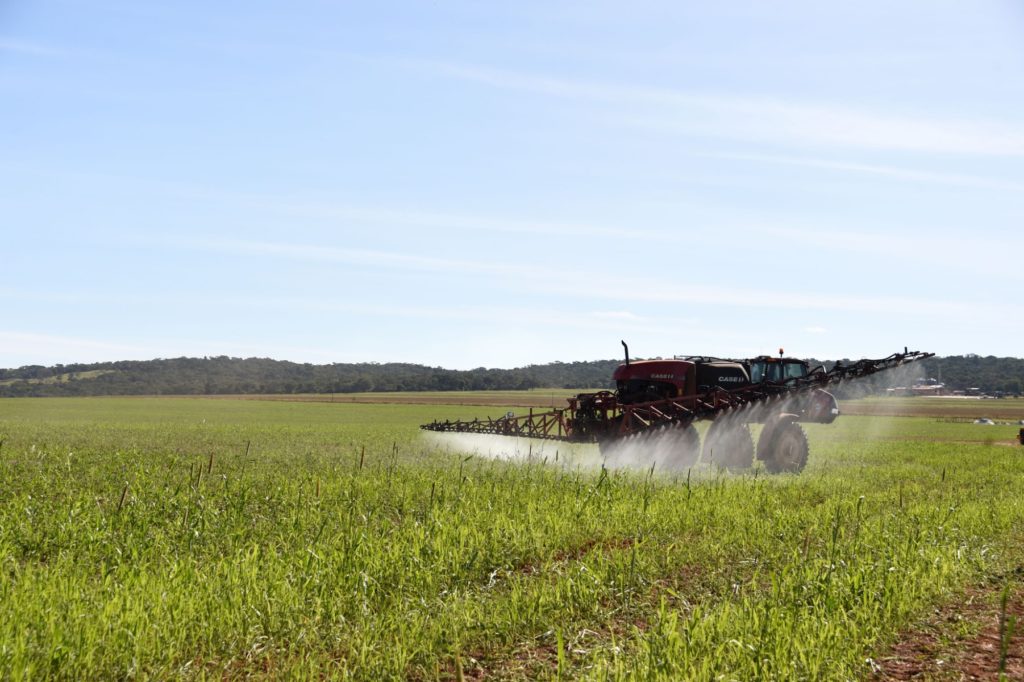São Paulo – The prices of agricultural fertilizers increased throughout 2022, surpassing record highs. The scenario is now the opposite. According to a Brazilian Ministry of Agriculture and Livestock statement, fertilizer prices had a “reduction of up to 70%, equalizing demand for 2023.”
Minister Carlos Fávaro recalled last year there was high volatility in the sector due to Russia’s conflict with Ukraine. “This increased the price of fertilizers and, consequently, food production costs, making food more expensive. Now the price has dropped between 60% and 70% this year, which means families will be able to find cheaper food on the supermarket shelves,” explained Fávaro in the statement.
The drop in prices, however, was accompanied by lower performance in sales volume as well. “The sector expected a higher sales volume in 2022, though there was a 10% contraction, and as they imported to a larger market, we had a sizeable stock surplus at the end of the year,” explained to ANBA the independent consultant José Francisco da Cunha.
According to him, what has been happening now is; with the stockpiles, producers have diminished purchases, although they have not stopped. “Farmers are buying with adjustments carried out since last year. The sales volume [of fertilizers] this year could increase slightly due to lower prices,” he said.
Also according to the release, the Brazilian Ministry of Agriculture will take over the secretariat of the National Fertilizers and Plant Nutrition Council (CONFERT), which is responsible for coordinating and monitoring the National Fertilizers Plan (PNF). “We discovered severe weaknesses in the global system, and this made us reflect on how Brazil can face the fertilizer supply shortage and remain at the forefront of food production,” commented the minister of Agriculture.
Decline in the purchase volume
According to information from the National Association for the Diffusion of Fertilizers (ANDA), purchases of fertilizers in 2022 recorded a 10.4% drop compared to 2021. In total, 41.07 million tonnes were purchased last year.
Among the obstacles, especially in imports, were logistical challenges and the war between Russia and Ukraine, two important suppliers of inputs.
“In the end, I believe import volumes could be similar to the previous year,” said Cunha.
Also according to ANDA, from January to December 2022, the total national production of intermediate fertilizers was 7.45 million tonnes, a 3.3% growth compared to the same period in 2021, 7.21 million tonnes.
Imports of intermediate fertilizers reached 2.07 million tonnes in December 2022, a 42.2% reduction. From January to December 2022, total imports were 34.60 million tonnes, with an 11.8% decline compared to the same period in 2021, 39.25 million tonnes.
Translated by Elúsio Brasileiro




